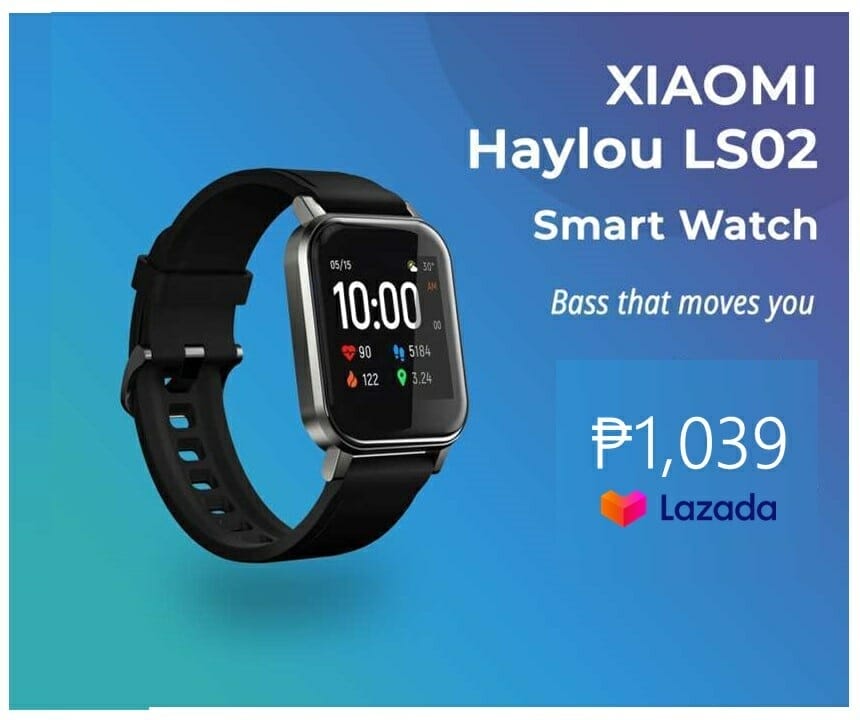Email Marketing
As technology progresses, consumers want to experience more personalized and relevant content, both online and offline. To meet such demands, service and product providers are turning to email marketing to attract customers and engage with them. After all, it is expected that by 2022, the number of email users across the globe will reach a whopping 4.3 billion.
However, it has come to marketers’ attention that simple email marketing is not enough to acquire and retain customers. While it is true that email marketing has an average return of investment of 3,800 percent, plain emails only have an open rate of 13.1%.
This means that less people actually open up their emails and read them to the very last line. To increase this statistic, marketers must utilize a technique called email personalization. Email personalization is a process that uses the subscribers’ personal information to produce more targeted emails, giving customers individual treatment and increasing email marketing metrics significantly.

Over the years, this technique has become a go-to solution for providers wanting to see an increase in sales. This comes as no surprise since when marketers move toward providing a 1:1 experience to consumers, they are setting themselves apart from the competition and giving themselves leverage. This eventually leads to an average ramp up in sales of 20%, an open rate of 14.64%, and almost 60% more clicks compared to non-personalized email campaigns.
There are tons of ways to personalize your emails and attract your appropriate audience. Read on to learn some of the tactics that might become handy for your business.
Personalization by Dynamic Content
Dynamic content is a web content that changes depending on the interest, preferences, and behavior of your subscribers. Such content can be massively useful as it saves time and effort of spending hours tweaking each email to make it relevant for each and every one of your prospects.
Essentially, you only need to draft one email and customize portions of it based on the customer you will be sending it to. The dynamic content can be changed based on a variety of variables, such as gender, preferences, location, past purchases, weather, and even loyalty program status. A common use case for this is showing menswear to male subscribers and showing womenswear to female subscribers.
Personalization by Product Recommendation
For product providers with online shops and websites, you can personalize your emails by tracking your customers’ browsing history on your website and seeing what their past purchases are. With this data, you can easily promote products that they often view and offer related or complementary products from your shop. For instance, if a customer has bought a pair of pants from your store, you could send them a how-to-style guide email that includes ways on styling the pair of pants with a shirt, bag, and other relevant items from your store.
Personalization by Offering Special Offers
Most customers would grab the opportunity to get discounts and special offers from their favorite brands. But most of the time, sending generic discounts and offers to everyone is not very effective in the long run at all. So instead of doing such, send personalized offers. When customers are given offers that are more relevant to them, they are more likely to click-through the email and buy the product. Such is a strategy of Uber who sends special ride discounts to customers who travel to specific locations.
You can also monitor cart abandoners and give them time-limited discounts to encourage them to return to their cart and check-out. If you’re offering a course that a customer has finished, send them a congratulatory email and provide a unique offer as reward for their loyalty to your brand.
Personalization by Using Your Subscriber’s Name
Most devices feature a subject line with darker, heavier text to make it stand out among the other contents of the email. With its prominence in the inbox, it has a significant effect on open rates, so it is a must-do for marketers to create subject lines that capture the attention. Based on research, customers usually open their emails when they see their first name in the subject line. American shoe company Converse does this to their marketing emails to help their campaigns stand out.















